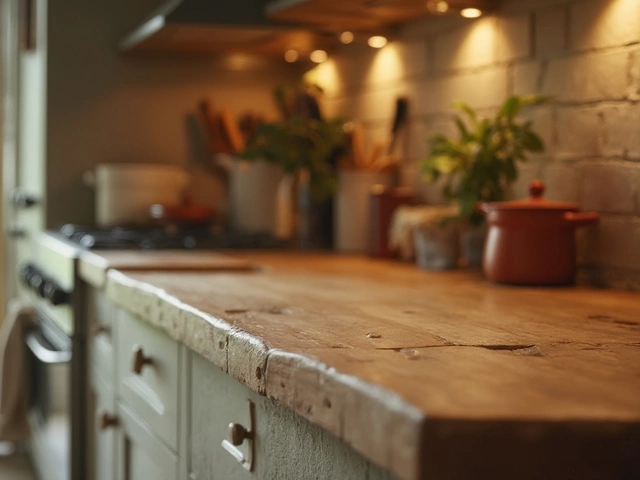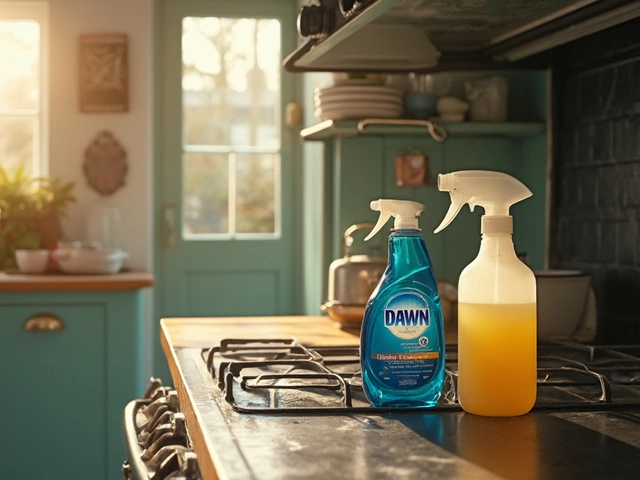Scaling: What It Is and How to Tackle It
When dealing with Scaling, the unwanted buildup of mineral deposits on surfaces and appliances. Also known as mineral scaling, it shows up as gritty white film on ovens, cloudy windows, and even on the inside of kettles. Limescale is the most common form, caused by hard water that carries high levels of calcium and magnesium. To keep your home running smoothly, you’ll need effective descaling methods that dissolve the minerals without harming the surface. Eco‑friendly cleaning agents play a big role here, offering safe, non‑toxic ways to break down the buildup while protecting your health and the planet.
Why does scaling matter? For one, it reduces the efficiency of appliances – an oven covered in limescale has to work harder, which spikes energy use and shortens its lifespan. In windows, scaling leaves stubborn streaks that standard glass cleaners can’t touch. The issue also blurs the line between normal wear and tear and preventable damage. When you treat scaling early, you avoid costly repairs and keep your home looking fresh. The key is to understand the relationship between water hardness, mineral content, and the surfaces they affect.
Practical Descaling Strategies for Every Room
Start with the kitchen. A simple mix of baking soda and vinegar works wonders on oven doors and racks – the acid attacks the calcium, while the mild abrasive lifts grime. For tougher oven grime, a paste of lemon juice and salt can dissolve deposits faster, especially when you let it sit for 15‑20 minutes before wiping. When it comes to windows, a solution of distilled water and a few drops of dish soap cuts through hard‑water stains without leaving residue. Use a microfiber cloth to scrub, then finish with a squeegee for a streak‑free shine. If you prefer a commercial route, look for descaling products that list citric acid or sulfamic acid as the active ingredient; they’re proven to break down mineral layers quickly.
Beyond the kitchen, bathrooms and laundry rooms also suffer from scaling. Shower heads clogged with limescale lose pressure – a quick soak in vinegar restores flow. Washing machines benefit from a monthly empty‑cycle run with a cup of washing‑soda; this clears internal pipes and prevents mineral buildup that can cause noisy operation. Remember, regular maintenance beats deep cleaning after months of neglect. Setting a simple calendar reminder every 30‑45 days keeps scaling at bay and saves you time in the long run.
Finally, consider the environmental angle. Traditional cleaners often contain harsh chemicals that linger in the water supply. Switching to natural acids like citric or acetic acid reduces ecological impact and keeps indoor air quality high. Many of the DIY recipes mentioned above use ingredients you already have at home, making them both cost‑effective and greener. By choosing eco‑friendly descaling, you protect your appliances, your health, and the planet.
With a solid grasp of what scaling does and how to fight it, you’re ready to dive into the resources below. The articles ahead cover everything from homemade oven cleaners that cut through grime to professional tips for removing hard‑water stains from windows. Whether you’re tackling a single stubborn spot or planning a full‑scale home maintenance routine, the collection gives you clear, actionable steps to keep scaling under control.





